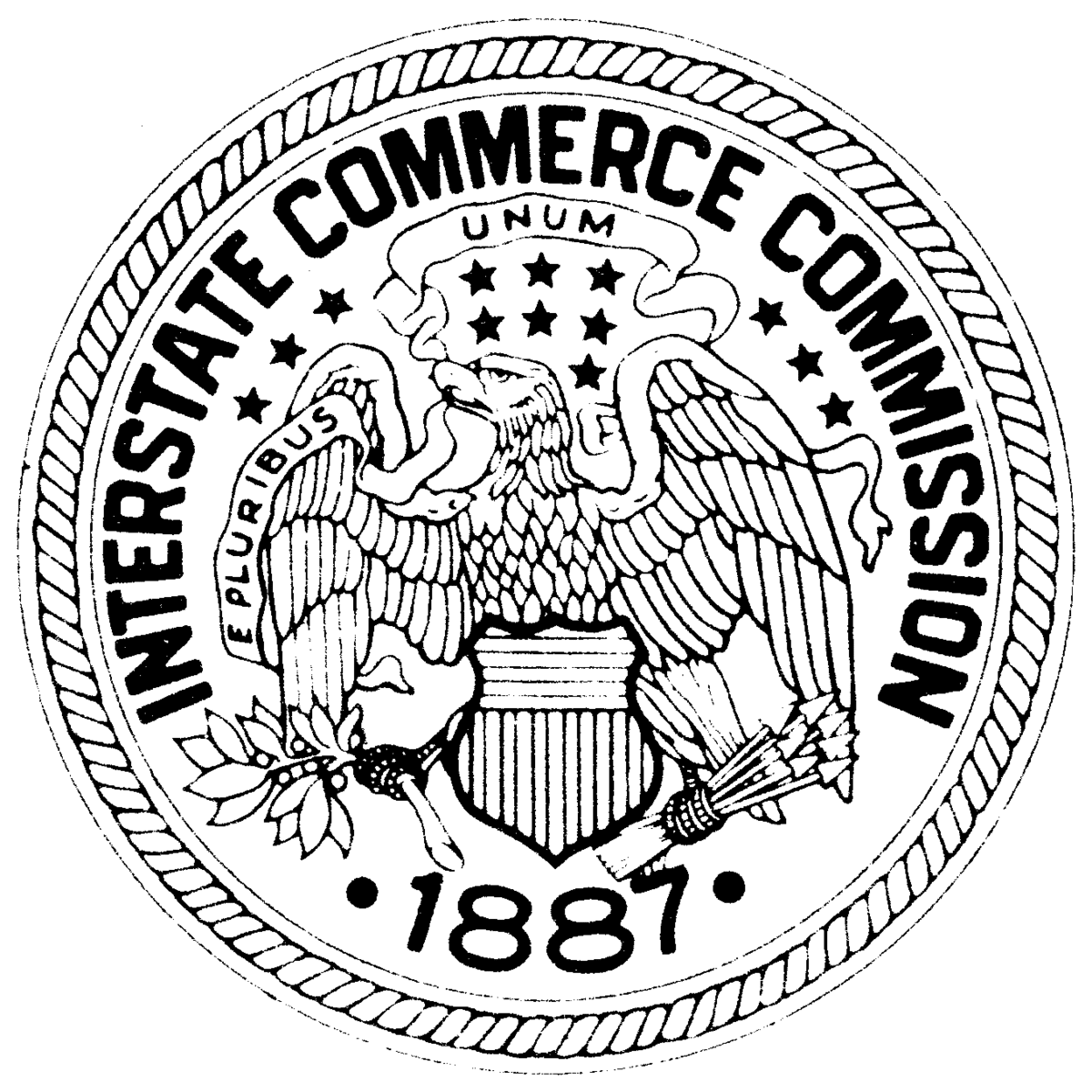
Interstate Commerce Commission
Established: February 4, 1887
Mission: To enforce the Interstate Commerce Act, a law that prohibited unfair and monopolistic practices of the railroad (and later, trucking) companies.
Reason for creation: As they spread westward in the mid-1800s, railroads often acquired monopolistic power that led to abusive market practices, including discrimination, collusion, and rate shifting that hurt farmers in the west and businessmen in the east. Because so many of the growing western settlements relied on railroads for necessary goods, the settlers had little consumer power to pressure railroad corporations for reasonable rates. State laws passed in the 1870s proved ineffective, leading both farmers and businessmen to lobby the federal government for help. The Interstate Commerce Commission (ICC) became the first regulatory agency in the US and was a model for those that came later.
Impacts: Immediately after its creation, the ICC was tasked with enforcing badly needed railroad safety standards. In the late 1800s, hundreds of railroad workers were dying each year – only coal mining had a higher work-related death toll. In 1893, one in 28 railroad workers would be injured on the job and one in 320 would be killed. The Safety Appliances Acts of 1893, 1903, and 1910 all required railroads to improve railroad safety through the use of power brakes, handholds, automatic couplers, and other safety equipment. All three of these acts relied on the ICC for enforcing their requirements.
While safety standards were crucial to reducing the number of accidents, the ICC’s regulatory authority over railroad ratemaking was its most powerful and contentious aspect. The major railroads challenged the ICC’s ratemaking authority in court. Many of these cases, such as the 1897 Supreme Court Case Interstate Commerce Commission v. Cincinnati, New Orleans & Texas Pacific Railway Co., significantly limited the ICC’s ability to meaningfully regulate the railroad companies. In response to these court decisions, Congress began passing laws that clarified and refined the role of the ICC so that it could better achieve its intended goals:
- Hepburn Act of 1906: Enacted in response to repeated rate hikes by the railroads and the activity of other modes of transportation commerce. The Hepburn Act expanded the ICC’s power in two main ways: first, it allowed the ICC to set maximum rates for railroads. Second, as other forms of interstate transportation and commerce became increasingly important, the Hepburn Act extended the ICC’s jurisdiction to include bridges, terminals, ferries, railroad sleeping cars, express companies and oil pipelines.
- Motor Carrier Act of 1935: Extended the ICC’s jurisdiction to include interstate buses and trucking.
As a “small government” perspective took root during the 1970s and 1980s, Congress began to pass several deregulatory laws that rolled back the authority of the ICC. Ultimately, Congress passed the ICC Termination Act of 1995 which abolished the ICC as most of its duties had either been eliminated or delegated to other agencies.

